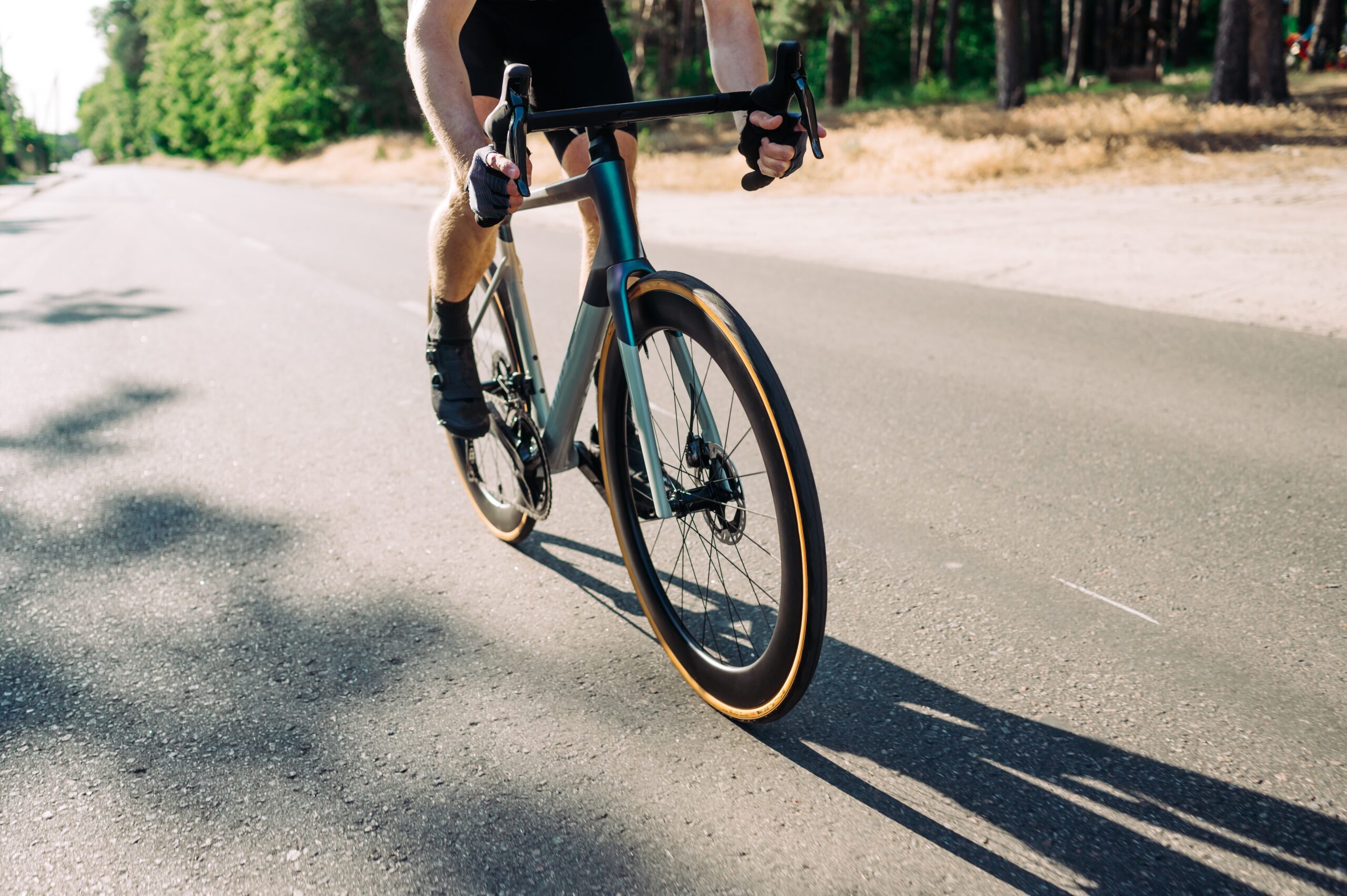The Ultimate Bicycle Safety Checklist: 8 Tips For Cyclists To Reduce Their Risk Of Being Involved In A Traffic Accident

Nearly 55 million Americans enjoyed a recreational bicycle ride in 2022. Recreational biking is one of the greatest forms of physical exercise a person can participate in, as it engages multiple muscle groups, improves cardiovascular health, and contributes to overall fitness. Many people also find that biking aids in relieving their stress and allows them to enjoy the therapeutic benefits of an outdoor activity. Those who choose to cycle as a hobby or even competitively may join cycling clubs like the League of American Bicyclists, USA Cycling, or the Adventure Cycling Association.
On the other hand, some individuals choose cycling as their main form of transportation to do their part in protecting the environment or simply to save money. The Bureau of Labor Statistics (BLS) found that those who ditched their car and opted to bike to work instead could save up to $4,280 per year! In essence, your commute would be as close to free, clean, and healthy as humanly possible.
That being said, cyclists who are biking on or near a roadway must still acknowledge the risk involved. The Centers for Disease Control and Prevention (CDC) estimates that nearly 1,000 bicyclists die each year in crashes that occur on roads in the United States, and over 130,000 are injured. If you’re a cyclist, no matter what your reason is for taking part, we want you to continue finding joy in it safely! Below, you’ll find 8 vital bicycle safety tips that can greatly reduce your chances of being involved in a vehicle accident.
1 – Always Wear A Helmet.
Data proves that helmets save lives and prevent injuries, and wearing one when you ride is the single most effective way to prevent head and brain injuries in the event that you are involved in an accident. More specifically, helmets:
- Reduce serious head injuries by 60%
- Reduce traumatic brain injuries by 53%, and
- Reduce the number of cyclists killed or seriously injured by 34%.
This doesn’t mean you can throw on any old helmet that’s been lying around your garage for years! The materials they are composed of naturally degrade over time, and it’s recommended to replace them every 5-10 years, or sooner depending on manufacturer guidelines. Additionally, you’ll want to replace your helmet immediately if there are any cracks in the shell or liner or crushed or cracked foam liner, if the straps are worn out, or if they are missing pads or other parts.
Most importantly, the helmet you wear needs to fit you properly – otherwise it may not be able to effectively do its job and protect you. For more information on getting a safe fit for your bike helmet, click here.
2 – Stay Visible And Use Reflective Gear.
Staying visible to cars is one of the most vital things cyclists can do to maintain their safe ride. A government study found that one of the major contributing factors to vehicles involved in fatal or serious collisions with cyclists was that the biker was wearing dark clothing, which shouldn’t come as a surprise – if you blend into the background, you decrease your chances of being seen. When it comes to your clothing, you’ll want to choose light-colored or fluorescent clothing when you ride, in addition to other reflective accessories like belts and arm or ankle bands. When it comes to your bike, make sure that you have both front and back reflectors or lights.
3 – Follow Traffic Rules.
Just because you’re not in a car doesn’t mean traffic signals, signs, and rules don’t apply to you. Pay close attention to them and always ride in the same direction as traffic, and don’t forget to use your hand signals to indicate turns and stops.
4 – Plan Your Routes Ahead Of Time.
This allows you to choose safer routes, such as those that include bicycle lanes, bike paths, or quieter and less busy streets. You should especially avoid busy roads during peak traffic hours.
5 – Ride Defensively.
Even though you may be doing everything in your power to stay visible, such as wearing the right clothing and using the right tools on your bike, you should still never assume that drivers can or do see you. Riding defensively means that you are emphasizing proactive measures to anticipate and respond to potential hazards. This includes giving yourself extra space to maneuver, remaining vigilant, conducting a double-look before you indicate a turn, looking out for pedestrians, and more.
6 – Take A Cycle Safety Course.
Most courses are offered at the basic, intermediate, and advanced level, so no matter where your skill set lies, there’s something for everyone to learn! They usually cover a wide range of topics, like this one from The League of American Cyclists, which is designed to develop the “confidence and competence” of a bicycle rider by teaching how to choose a bicycle, what the basic parts are, essential equipment, and how to safely and comfortably ride in various traffic conditions, terrain, and climates.
7 – Maintain Your Bike And Other Equipment.
This bicycle safety tip is almost as important to maintain your gear – like reflectors and lights – as it is to begin using them in the first place. They need to be cleaned and replaced when they break or stop working. You’ll also need to regularly check your bike brakes, tires, and gears, just as you would with a car.
8 – Stay Informed.
Staying informed about the latest safety measures and tools is crucial, but so is knowing what actions to take if you do, unfortunately, find yourself involved in an accident. The first immediate step is to avoid admitting fault. Then, you should urgently seek medical attention, even if you don’t think you’re injured. This ensures that your injuries are documented and on-record if you decide to pursue a personal injury claim down the road. Following your doctor’s orders will ensure your smooth recovery, as well as add legitimacy to your personal injury claims.
Document your pain, suffering, missed work, and other effects for your claims, and secure an aggressive and skilled personal injury attorney as soon as you can. They will be able to preserve crucial evidence and help you understand your legal rights and options, assess your claim’s worth, and enhance your overall chance of a favorable outcome by navigating you through the complexities of insurance claims.
The Florida Law Group Is Here For You
Injured by a vehicle while you were on your bicycle? Our award-winning team will work tirelessly to secure the settlement you deserve, or else you don’t owe us anything! We’ve secured over $1 billion for our clients. Call today to schedule your free consultation and learn more about how we can guide you through this challenging time.


